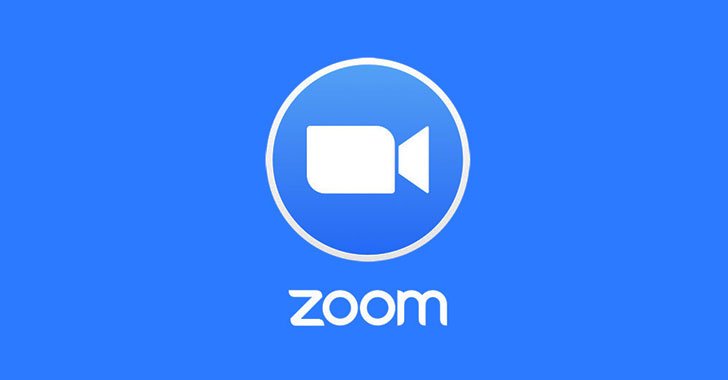An exploration of zero-click attack surface for the popular video conferencing solution Zoom has yielded two previously undisclosed security vulnerabilities that could be exploited to crash the service, execute malicious code, and even leak arbitrary areas of its memory.
Natalie Silvanovich of Google Project Zero, who discovered and reported the two flaws last year, said the issues impact both Zoom clients and Multimedia Router (MMR) servers, which transmit audio and video content between clients in on-premise deployments.
The weaknesses have since been addressed by Zoom as part of updates shipped on November 24, 2021.
The goal of a zero-click attack is to stealthily gain control over the victim’s device without requiring any kind of interaction from the user, such as clicking on a link.
While the specifics of the exploit will vary depending on the nature of vulnerability being exploited, a key trait of zero-click hacks is their ability not to leave behind traces of malicious activity, making them very difficult to detect.
The two flaws identified by Project Zero are as follows —
- CVE-2021-34423 (CVSS score: 9.8) – A buffer overflow vulnerability that can be leveraged to crash the service or application, or execute arbitrary code.
- CVE-2021-34424 (CVSS score: 7.5) – A process memory exposure flaw that could be used to potentially gain insight into arbitrary areas of the product’s memory.
By analyzing the RTP (Real-time Transport Protocol) traffic used to deliver audio and video over IP networks, Silvanovich found that it’s possible to manipulate the contents of a buffer that supports reading different data types by sending a malformed chat message, causing the client and the MMR server to crash.
Furthermore, the lack of a NULL check — which is used to determine the end of a string — made it possible to leak data from the memory by joining a Zoom meeting via a web browser.
The researcher also attributed the memory corruption flaw to the fact that Zoom failed to enable ASLR, aka address space layout randomization, a security mechanism designed to increase the difficulty of performing buffer overflow attacks.
“The lack of ASLR in the Zoom MMR process greatly increased the risk that an attacker could compromise it,” Silvanovich said. “ASLR is arguably the most important mitigation in preventing exploitation of memory corruption, and most other mitigations rely on it on some level to be effective. There is no good reason for it to be disabled in the vast majority of software.”
While most video conferencing systems use open-source libraries such as WebRTC or PJSIP for implementing multimedia communications, Project Zero called out Zoom’s use of proprietary formats and protocols as well as its high licensing fees (nearly $1,500) as barriers to security research.
“Closed-source software presents unique security challenges, and Zoom could do more to make their platform accessible to security researchers and others who wish to evaluate it,” Silvanovich said. “While the Zoom Security Team helped me access and configure server software, it is not clear that support is available to other researchers, and licensing the software was still expensive.”




